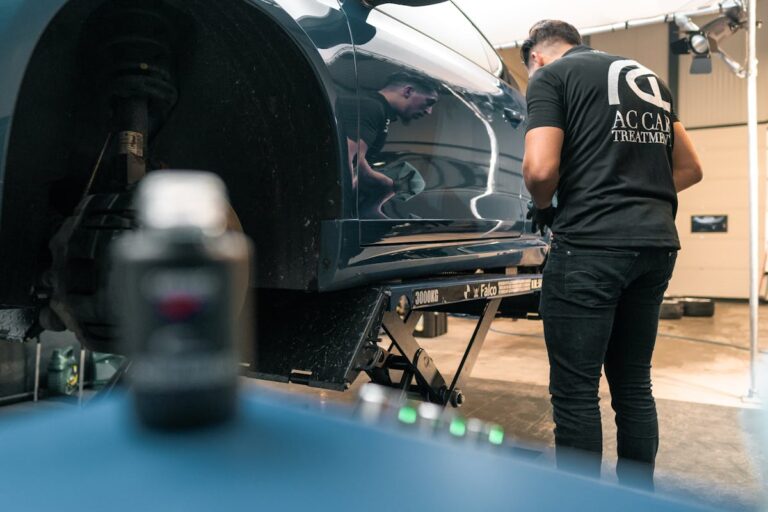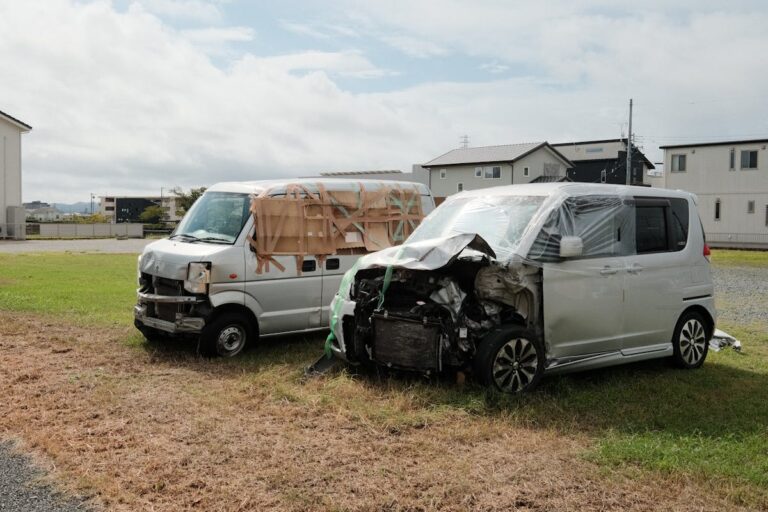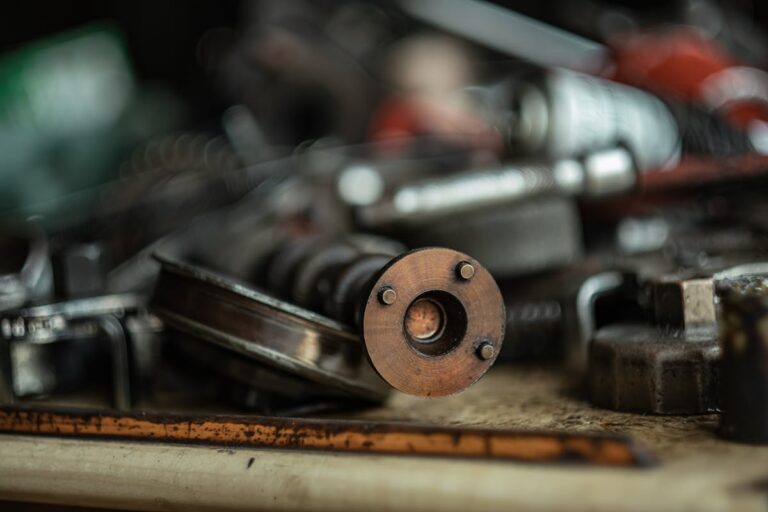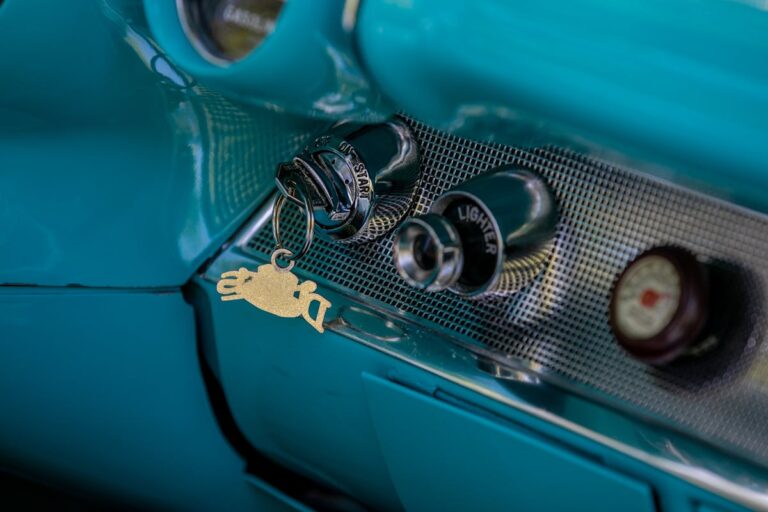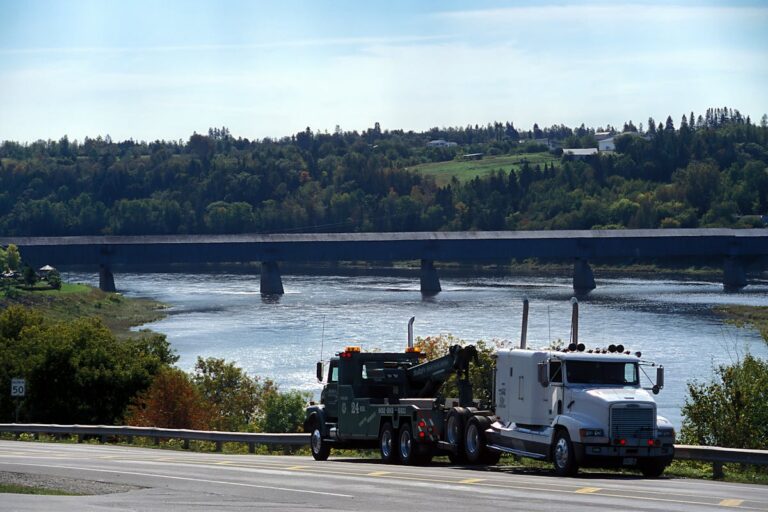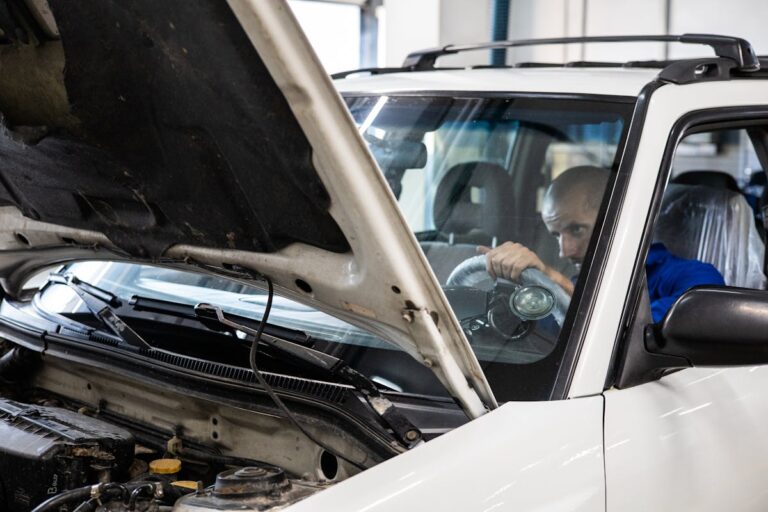Accidents, though unfortunate, are a commonplace in our daily lives, and their causes may be as diverse as the incidents themselves. One potential cause that is often overlooked is the impact of faulty repairs. What would be your course of action if you found yourself in the unenviable position where a mishap could be traced back to substandard repair work? This subject raises a multitude of questions around legal rights, insurance implications, and the process of establishing the link between faulty repairs and the accident. It’s a complex, yet essential issue, warranting further exploration and discussion.
Identifying Signs of Faulty Repairs
The discernment of faulty repairs can often be a complex process that requires a keen eye for detail. The ability to identify signs of substandard repair quality is essential, as it can greatly impact the performance and safety of the vehicle.
For an analytical and methodical approach, start by thoroughly inspecting the area of the repair. Scrutinize for any inconsistencies in the surface, such as uneven gaps or misaligned parts, as these are clear warning signs of improper repairs. Additionally, pay attention to the functionality of the vehicle. Any unusual noises, vibrations, or changes in handling could be indicative of underlying issues caused by the repair.
Another important aspect to take into account is the use of inferior or inappropriate parts in the repair. These parts may not fit properly or may fail prematurely, leading to further damage or even accidents. This can be detected by comparing the parts with the vehicle manufacturer’s specifications or by observing the performance of the vehicle.
Ultimately, the ability to detect faulty repairs lies in the understanding of these warning signs and the meticulous examination of the repair quality. Always remember, your safety should never be compromised due to substandard repairs.
Documenting the Accident Scene
When suspecting faulty repairs, documenting the accident scene is an essential step. Gathering thorough evidence, such as photographs and detailed notes, can provide vital information in understanding the circumstances surrounding the accident. Involvement of law enforcement can further legitimize these findings, adding a layer of authoritative validation to the collected evidence.
Gathering Essential Evidence
Bearing in mind the importance of gathering essential evidence, it is imperative to meticulously document the accident scene as soon as possible. This process is an integral part of evidence collection, as it provides a factual basis for your claim, and can considerably strengthen your case. The initial moments following an accident are essential for collecting thorough and accurate data.
The process should commence with a thorough visual examination of the accident scene. Note the locations and conditions of all vehicles involved, any discernible damage, and the overall state of the accident site. Additionally, any skid marks, debris, or other physical evidences on the roadway should be carefully documented, as they can provide invaluable insights into the dynamics of the accident.
Eyewitness statements also play a considerable role in evidence collection. Independent observers often offer an unbiased perspective and their accounts can substantiate your version of events. As a result, securing contact details of potential witnesses and obtaining their statements as soon as possible is imperative.
Importance of Photographs
Building on the previous discussion of evidence gathering, one cannot underestimate the notable role photography plays in meticulously documenting the accident scene. Photographic evidence serves as undeniable proof, capturing the visual documentation of the incident, the conditions leading to it, and the immediate aftermath.
The importance of photographs in such situations is twofold. To begin with, they provide a clear and unambiguous record of the physical state of the vehicle, the extent of the damage, and the specific location of the accident. They can offer insights into the cause of the accident, which is essential when faulty repairs are suspected.
Additionally, photographs can support or refute testimonies, becoming a vital element in establishing the truth or falsehood of claims. For instance, they can help identify whether the reported damage is consistent with the nature of the accident or if there’s evidence of prior damage unrelated to the incident in question.
Moreover, photographic evidence can be instrumental in confirming or proving the negligence of the repair shop. Close-ups of the faulty parts, if visible, can corroborate your assertion of flawed repairs, potentially strengthening your case considerably. Photographs, therefore, form an integral part of the evidence gathering process, and their importance cannot be overstated.
Involve Law Enforcement
A significant number of motorists underestimate the necessity of involving law enforcement in the aftermath of an automobile accident, particularly when they suspect faulty repairs. This is an essential step in the process as law enforcement involvement can provide an independent and unbiased report of facts surrounding the incident. This report can be critical in legal proceedings, or when dealing with insurance companies.
- Documenting the Scene: Law enforcement officers are trained in accident reporting procedures, and their expertise guarantees the accident scene is thoroughly documented, both in narrative and pictorial form.
- Witness Testimony: Officers will interview all parties involved, as well as any witnesses to the accident. These testimonies can provide important information that may not be evident at the accident scene.
- Fault Determination: The officers’ report will often include an initial determination of fault based on the available evidence, which can be significant in a case of suspected faulty repairs.
- Legal Protection: Involving law enforcement can protect your rights and assure all procedures are followed correctly, limiting the chances of manipulation or coercion.
Therefore, whenever you suspect faulty repairs caused your accident, it’s imperative to involve law enforcement immediately.
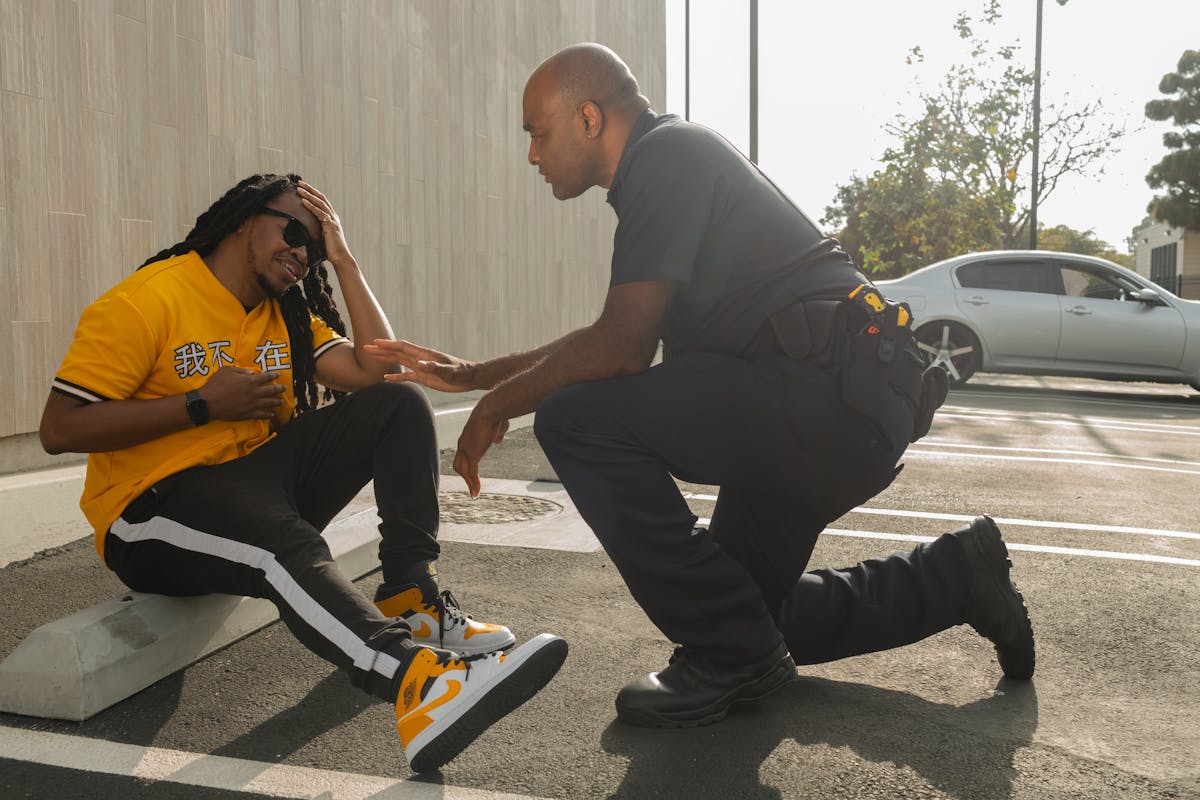
Collecting Repair and Maintenance Records
In the domain of vehicle ownership, maintaining a thorough and detailed record of all repairs and maintenance carried out is an essential step that should not be overlooked. The importance of this process is amplified when investigating an accident caused potentially by faulty repairs.
The repair history is a meticulous catalogue of all the work done on your vehicle. It includes the date of repair, the reason for repair, the parts replaced or repaired, and the name of the mechanic or repair shop responsible for the work. These details can serve as evidence in case you suspect faulty repairs caused your accident.
Maintenance logs, on the other hand, provide a systematic record of routine checks and servicing carried out on your vehicle. These logs often detail the condition of various vehicle components and can be instrumental in identifying if your vehicle was predisposed to an accident due to overlooked maintenance issues.
Collecting these records should be a priority in such situations. It is advisable to obtain copies of these records from all the repair shops that have serviced your vehicle. This extensive compilation will be vital for any subsequent legal or investigative procedures.
Consulting Automotive Experts
Once potential repair issues have been identified, the next step is to engage with qualified automotive experts. These professionals possess the necessary expertise to evaluate the quality and effectiveness of previous repair work. Their insight will play a pivotal role in determining whether the suspicions of faulty repairs hold any validity.
Identifying Potential Repair Issues
While it might seem intimidating to identify potential repair issues with your vehicle, consulting with automotive experts can considerably ease this process. Automotive specialists possess the necessary knowledge and tools to conduct a thorough repair inspection, guaranteeing that your vehicle meets the requisite safety standards.
There are four essential steps involved in identifying potential repair issues:
- Preliminary Check: Begin by inspecting the areas you suspect have been inadequately repaired. Look for obvious signs of malfunction or irregularities in your vehicle’s performance.
- Professional Consultation: If you notice anything unusual, consult with an automotive expert. Their insight and experience can help you understand the possible issues better and guide you on the next steps.
- Detailed Inspection: The professional will conduct a detailed repair inspection, examining the vehicle’s mechanical and electrical components, as well as its bodywork, for any signs of substandard repair.
- Safety Evaluation: An essential part of the process is evaluating whether the vehicle meets the necessary safety standards. The expert will verify that all safety features are functioning correctly.
Engaging Qualified Auto Experts
Choosing to engage qualified auto experts is an essential step in ensuring your vehicle’s safety and performance. The aftermath of an accident often leaves a car owner in a state of confusion. At such times, getting a professional’s opinion through repair assessments not only offers clarity but also helps in making informed decisions about your vehicle’s needs.
Qualified auto experts come with years of experience and training that equip them to accurately identify and address potential issues arising from faulty repairs. Their expert recommendations can provide a clear roadmap for the necessary steps to rectify any issues, thereby ensuring that your vehicle is restored to peak performance levels.
Moreover, these professionals are well-versed with the intricate details of various vehicle models and makes, enabling them to conduct thorough checks and repair assessments. This methodical examination helps in avoiding any oversight that can lead to further accidents or damage.
Reporting to Insurance Companies
Maneuvering through the process of reporting faulty repairs to your insurance company can be an intimidating task. The complexity of insurance claims, coupled with the technicalities surrounding repair estimates, can often be overwhelming. However, a systematic approach may ease this process.
- Document the Fault: Start by carefully documenting the faulty repair. This should include photographs, descriptions of the problem, and any evidence of the repair work.
- Obtain Professional Assessment: Secure a detailed repair estimate from a reputable auto repair shop. This should outline the scope of the faulty repair and the cost of rectifying it.
- Contact Insurance Company: Next, reach out to your insurance company. Report the situation, ensuring you mention the faulty repair, the damage it caused, and the resultant estimate for fixing it.
- Follow Up: Stay proactive in following up on your claim. This may involve submitting additional documents, answering questions related to the claim, or providing further proof of the faulty repair.
Seeking Legal Advice
In many instances, the complexity of dealing with faulty repairs can warrant the need for legal advice. As the victim of an accident, you may find yourself facing a myriad of challenges that are not only technical but also legal. Understanding the full implications of a faulty repair can be convoluted, hence engaging a professional legal figure will help clarify these issues. It is essential to receive adequate legal representation to navigate the complex web of liability assessment and legal obligations.
Legal representation can help you understand the extent of your rights, potential compensation, and the responsibilities of the other parties involved. A competent attorney can perform a thorough liability assessment to ascertain the degree of negligence and identify the responsible parties. They can evaluate the evidence, interpret the laws applicable to your case, and guide you on the best course of action.
Filing a Lawsuit Against Negligent Parties
When faced with faulty repairs that have led to detrimental consequences, the final recourse often lies in filing a lawsuit against the negligent parties. This step is essential in ensuring that you get the compensation you deserve for the damages incurred. However, this is not a straightforward process and requires a strategic approach.
- Gather Evidence: It is essential to collect all possible evidence that points towards the negligence of the party responsible for the repairs. This might include photographs, videos, or testimonies.
- Legal Representation: Hiring a lawyer with expertise in negligence claims is beneficial. They can guide you through the legal complexities and greatly improve your chances of winning the case.
- Filing the Lawsuit: Once you have all the necessary evidence and a lawyer, you can proceed to file the lawsuit. The complaint should clearly outline the damages suffered and the negligence involved.
- Liability Determination: The court will then determine the liability based on the evidence presented. If the court rules in your favor, you could receive compensation for the damages incurred due to the negligence.
Frequently Asked Questions
What if the Faulty Repairs Were Done by an Unlicensed Mechanic?
If faulty repairs by an unlicensed mechanic led to your accident, it’s essential to gather evidence. Unlicensed liability can be complex, so consider legal consultation to navigate mechanic accountability and potential compensation claims.
Can I Still File a Lawsuit if the Accident Happened Several Years Ago?
Yes, you can file a lawsuit even if the accident occurred years ago. However, it’s subject to the statute of limitations, which varies. Timely evidence collection is essential to support your claim. Consult a lawyer for guidance.
What Should I Do if the Repair Shop Has Closed Down or Moved?
If the repair shop has closed or relocated, you should seek your repair documentation. This can assist in tracing the business or individual responsible. Legal recourse remains an option, depending on the statute of limitations.
How to Deal With an Insurance Company That Refuses to Cover Faulty Repairs?
When dealing with an insurance company refusing coverage for faulty repairs, it’s critical to employ strategic insurance claim strategies. Ensuring you have thorough repair documentation can greatly enhance your negotiation position, possibly resulting in a favorable outcome.
Can I Claim Compensation for Emotional Distress Caused by the Accident?
Yes, emotional distress can be included in compensation claims. However, proving emotional distress can be complex. It usually requires detailed documentation, expert testimony, and a thorough legal understanding of personal injury law processes.
